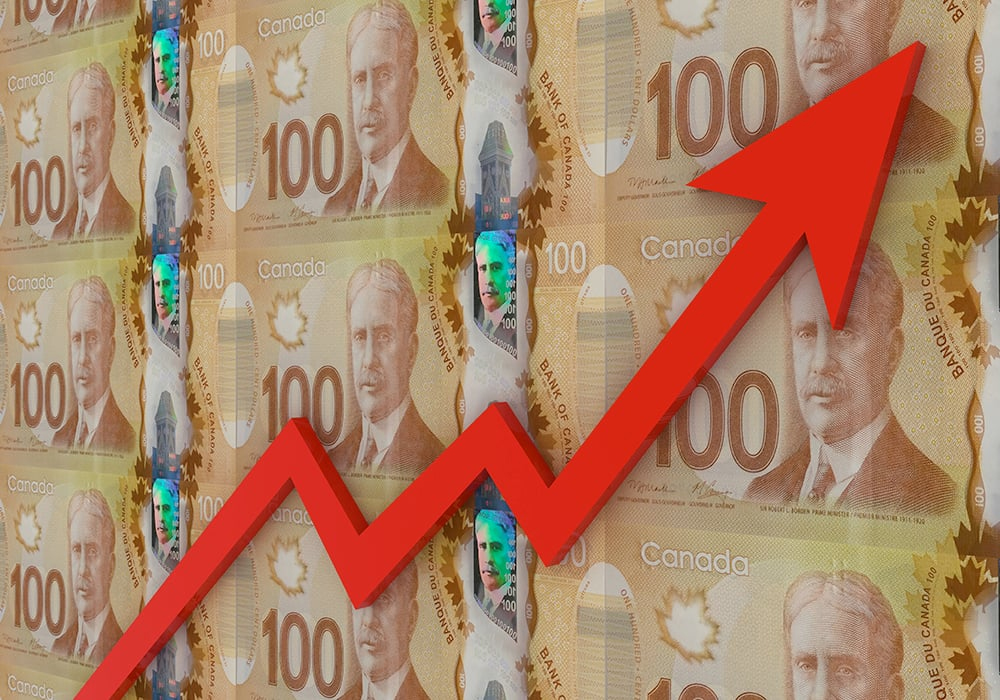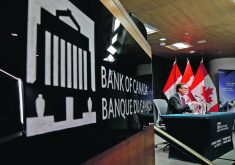Farmers are facing the dreadful truths of inflation and interest rates: both can be very “sticky.”
Prices for many essential farming inputs have soared in recent years. Whether it’s for the cost of buying a new combine, paying the wages for a new hire or paying for the services of a lawyer or accountant, few things haven’t seen double-digit price increases.
That doesn’t apply to the basic commodities of agriculture, of course, whether that’s canola, pigs, fertilizer or fuel. Those basics don’t have a lot of stickiness to them. They can react with lightning speed to supply and demand swings. They’re volatile rather than stable.
Read Also

Russian wheat exports start to pick up the pace
Russia has had a slow start for its 2025-26 wheat export program, but the pace is starting to pick up and that is a bearish factor for prices.
Those input costs for goods and services are certainly more stable than commodity prices, but only in one direction. Seldom will you see technology, machinery, wage or service prices tumble by 30 percent because of weakening demand. Once they go up, they tend to stay up.
That alone would put the squeeze on a lot of farmers, but the exacerbating factor today is the surge in interest rates that affects anybody who needs financing, which includes most farmers. Floating rates, new fixed rates and various forms of credit will now cause many farmers to scribble with their pencils, scratch their heads and reach for the Tylenol. Interest costs are now much more than they were three years ago.
So, farmers are going to have to pay more for goods and services, and the cost of carrying any debt is going to climb much higher too.
That’s an uncomfortable situation.
It’d be nice if other prices in the farm economy reacted as quickly to a weakening in demand as crop or livestock prices. They don’t and never will.
Workers won’t easily roll back hard-won wage gains. After seeing their inflation-adjusted wages cut by 20 percent in recent years, nobody’s offering to take even more of a pay cut.
Professionals often leave their rates flat for years. Once they boost their charges and endure their clients’ outrage, they won’t reverse them. Suppliers have a lot of input prices baked in through contracts that give them little room to return to old charges. Those higher prices might remain steady in a down market, but they’ll stick to the new higher charges.
Interest rates often see reversals after inflation has waned. Sometimes those have come quickly as the economy tips over into recession, but that isn’t happening this time, at least not yet.
An American recession doesn’t seem to be in the cards right now. The country’s economy is growing, while inflation is declining. That’s good for employment and people in general, but it doesn’t give the U.S. Federal Reserve Bank any reason yet to cut interest rates. The “higher for longer” scenario is now the most likely 2024 situation, and uncomfortably high interest rates are likely to linger through 2025.
What will this mean for farmers and the farm economy? Will farmers continue to replace newish equipment with brand new equipment, as has been common for the last decade, or will people begin extending their ownership periods? Will farmers stop fighting each other for land?
Will producers back off from hiring plans?
The last two years have been hard on most people in agriculture. The shock of the pandemic, followed by the inflationary surge of the post-pandemic period, destabilized many farmers and most in the industry. The commodity boom has now dissipated and prices are trending back down.
But we’ll probably be living with higher prices for goods, services and capital for years. The new normal we’ve ended up in isn’t a comfortable place, but it’s somewhere we’re going to have to get used to, and adjust accordingly.
















